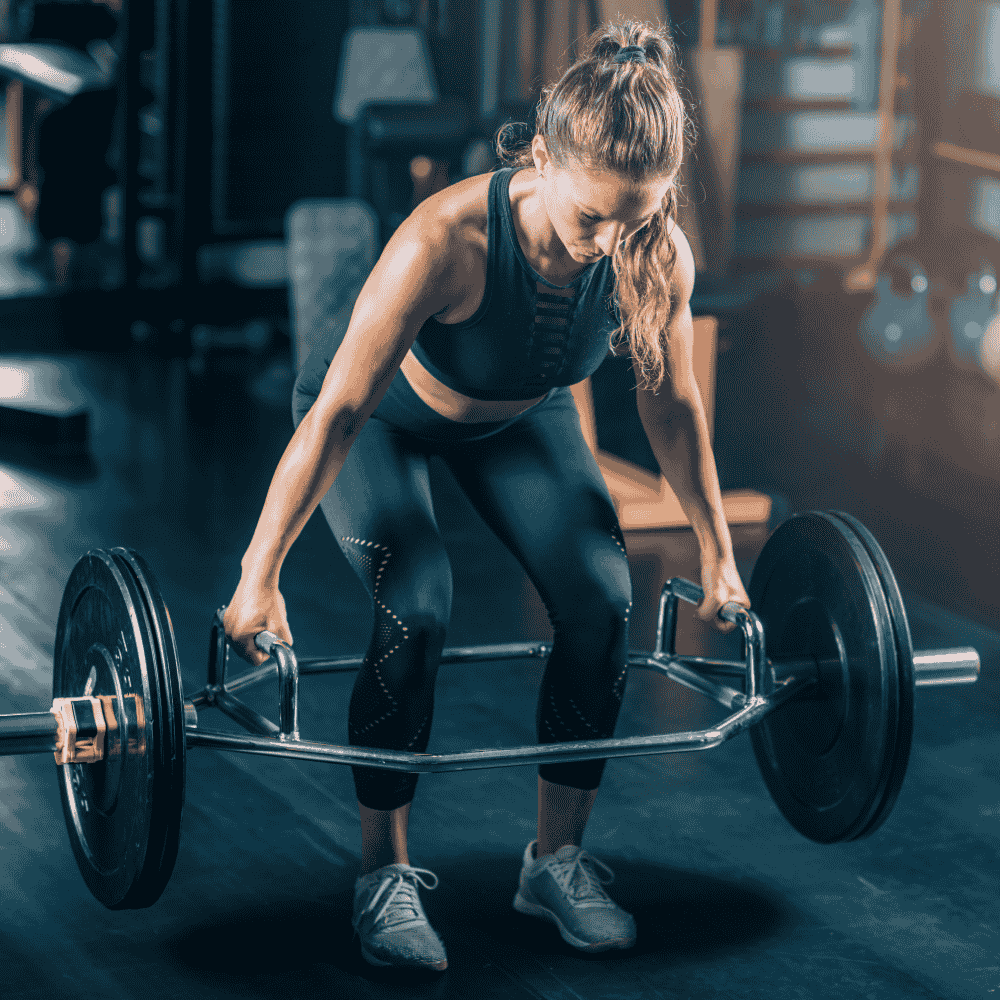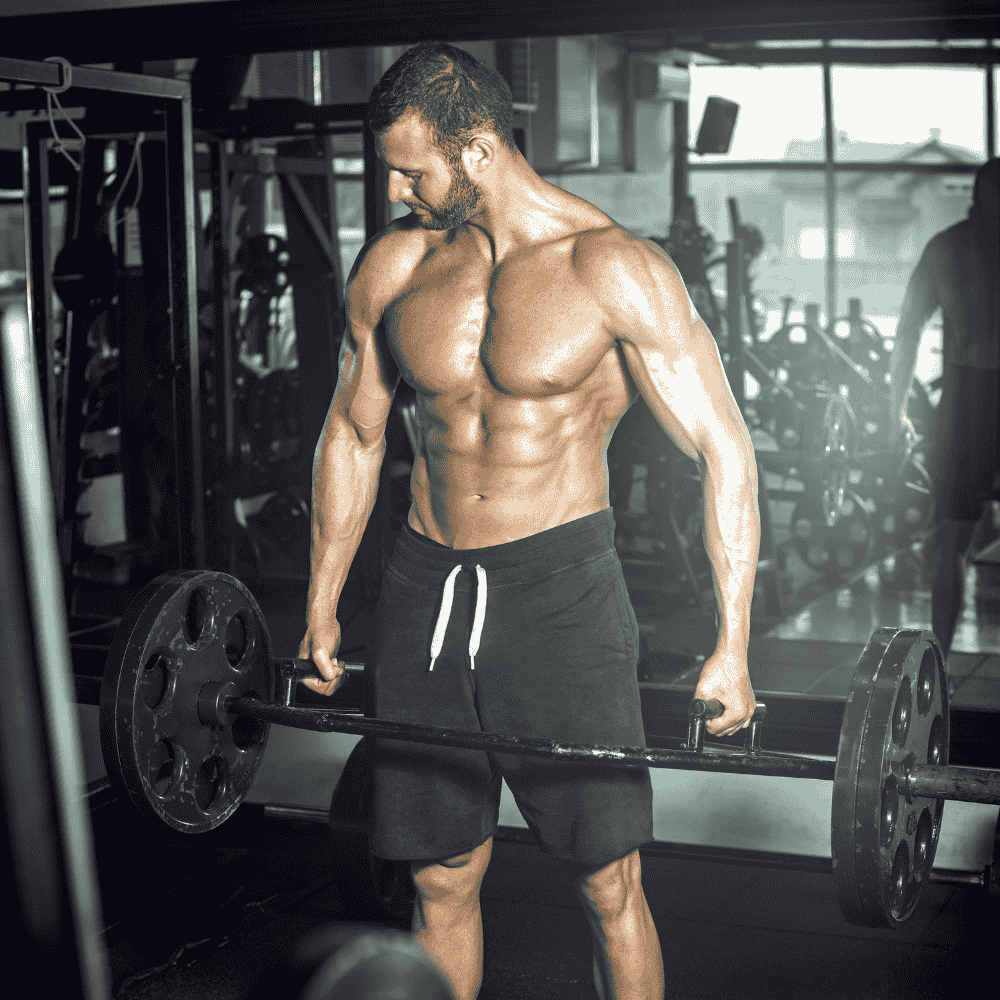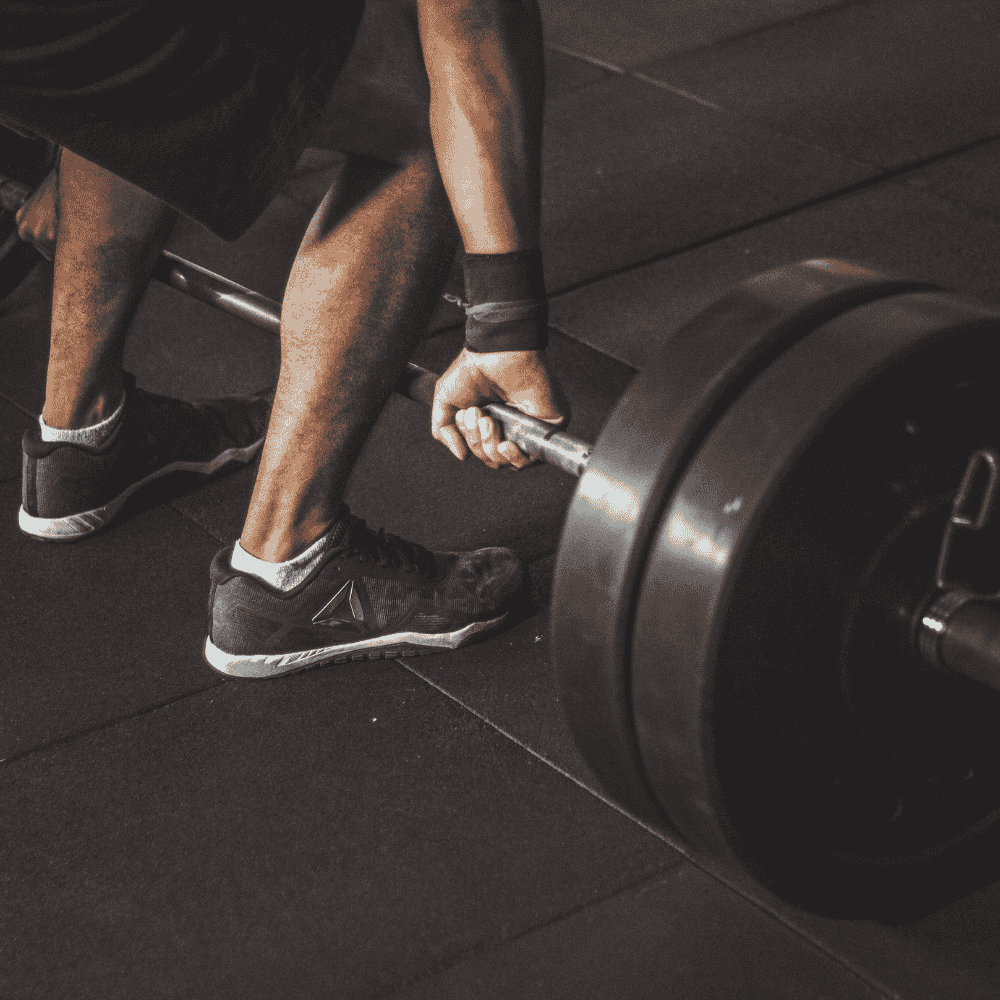Why the Right Weight Matters More Than You Think
Choosing the correct dumbbell weight isn’t just about how strong you are—it’s about what you're trying to achieve. Too light, and you may not see progress.
Too heavy, and you risk injury or poor form. Whether you're new to fitness or levelling up your training, selecting the right weight is essential for building strength, increasing muscle tone, and staying safe.
At KEFL, our Dumbbells range includes options for everyone—from those just starting out to experienced lifters working on muscle definition or power.

Factors to Consider When Selecting Your Dumbbell Weight
Know Your Goal
Your fitness goal will determine the weight range that’s right for you:
- Toning and endurance: Lighter weights (e.g., 2–5kg) with higher reps (12–15+)
- Muscle building: Moderate weights (6–12kg) with controlled reps (8–12)
- Strength and power: Heavier weights (12kg+) with lower reps (4–8)
Your personal goals—whether you're sculpting, building bulk, or focusing on explosive strength—should guide your selection.
Start Low and Build Gradually
If you're unsure where to begin, start light and increase your weight gradually as your technique improves and the reps become too easy.
Adjustable options, like those in our Adjustable Dumbbells collection, are great for progressing without needing multiple pairs.
Upper vs. Lower Body Considerations
Different Muscle Groups, Different Needs
It’s perfectly normal to use different weights for different parts of the body. For example:
- Upper body exercises (shoulder press, bicep curls, rows) often require lighter weights to maintain control.
- Lower body exercises (squats, lunges, deadlifts) can usually be done with heavier weights due to larger muscle groups.
Having a few weight options on hand—or adjustable dumbbells—helps tailor your workout to the exercise and muscle group you're targeting.
Test Your Weight with This Simple Rule
To find the right starting weight, try this:
- Perform a set of 10 reps.
- The final two reps should feel challenging, but not impossible.
- If you can’t maintain proper form, the weight is too heavy.
- If you breeze through all 10, it’s time to go heavier.
Listen to your body and focus on steady progression.
Our Body Conditioning Accessories can help enhance your routine with tools like resistance bands and balance pads to challenge your strength in new ways.









